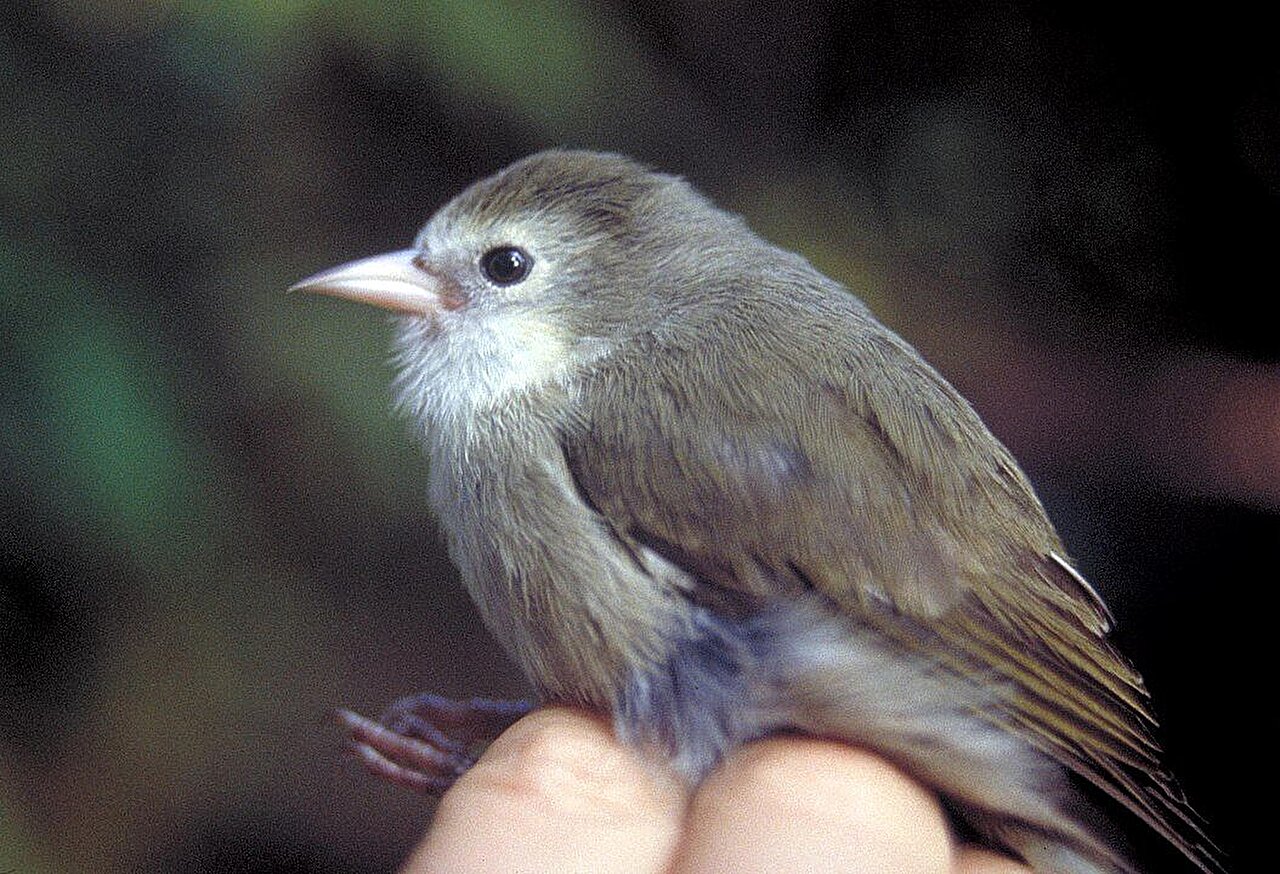× close
As the world faces the loss of a staggering number of species of animals and plants to endangerment and extinction, one University of Michigan scientist has an urgent message: Chemists and pharmacists should be key players in species conservation efforts.
“Medicinal chemistry expertise is desperately needed on the frontlines of extinction,” said Timothy Cernak, assistant professor of medicinal chemistry at the U-M College of Pharmacy. “Animals are dying at staggering rates, but they don’t have to. Modern bioscience has achieved enormous breakthroughs in treating disease in humans, and the same medications, and the science behind them, can be applied in the wild.”
Local and global efforts to reduce environmental damage are underway, but they are too slow to save the many ailing populations in the wild, he said.
“We are in the middle of a mass extinction. We are chasing mass die-offs around the world. Lowland gorillas, Argentinian penguins, the akikiki bird in Hawaii, loggerhead turtles in Florida. The list goes on, and many precious plants are also hanging by a thread,” he said. “So it’s critical to bring the power of modern pharmaceuticals and the dosing expertise of medicinal chemistry into conservation efforts.”
Cernak and a team of young scientists, including a local high school student, make the case for establishing and nurturing the emerging field of conservation medicine in a research article published in the Journal of Medicinal Chemistry.
“It’s hard-core science. It’s bringing the lens of medicinal chemistry and modern pharmaceuticals into the conversation to save other species,” Cernak said. “Drivers of the current mass extinction include habitat loss, global warming and overharvesting, but one specific root cause—wildlife disease—seems ripe for intervention. Medicinal chemistry is that intervention.”
Cernak, in one of many roles and research projects, receives samples of dead and ailing species from around the world. Using the same methods and models used to find compounds that work against human disease, his lab at U-M, which recently brought a veterinarian on board, tests chemical compounds on samples to see which ones respond to disease-causing organisms. A major focus is fungus, the single-largest killer of amphibians.
In their paper, the authors propose a new role for chemistry and pharmacy on the frontlines of preventing extinction. “A long-term solution to mass extinction is to fix climate change and habitat loss using new technologies and new policies. As a bandage for the short term, chemistry in service of endangered species is needed.
“Medicinal chemists interested in preventing extinction are encouraged to talk to zookeepers, foresters, veterinarians, entomologists, wildlife rehabilitators and conservationists to learn about the challenges and solutions where conservation medicine could make an impact, and to share their wisdom from the frontlines of drug discovery.”
Cernak is pushing for a new, impactful field of science.
“At the higher level, my mission is to have pharmaceutical companies be involved in this space and young scientists view this as the field they want to go into—a field that doesn’t really exist at this point,” he said. “A more immediate goal is fundraising and more research as the field and the value of the field is established.”
More information:
Tesko Chaganti et al, Medicinal Chemistry Gone Wild, Journal of Medicinal Chemistry (2024). DOI: 10.1021/acs.jmedchem.3c02334
Journal information:
Journal of Medicinal Chemistry
